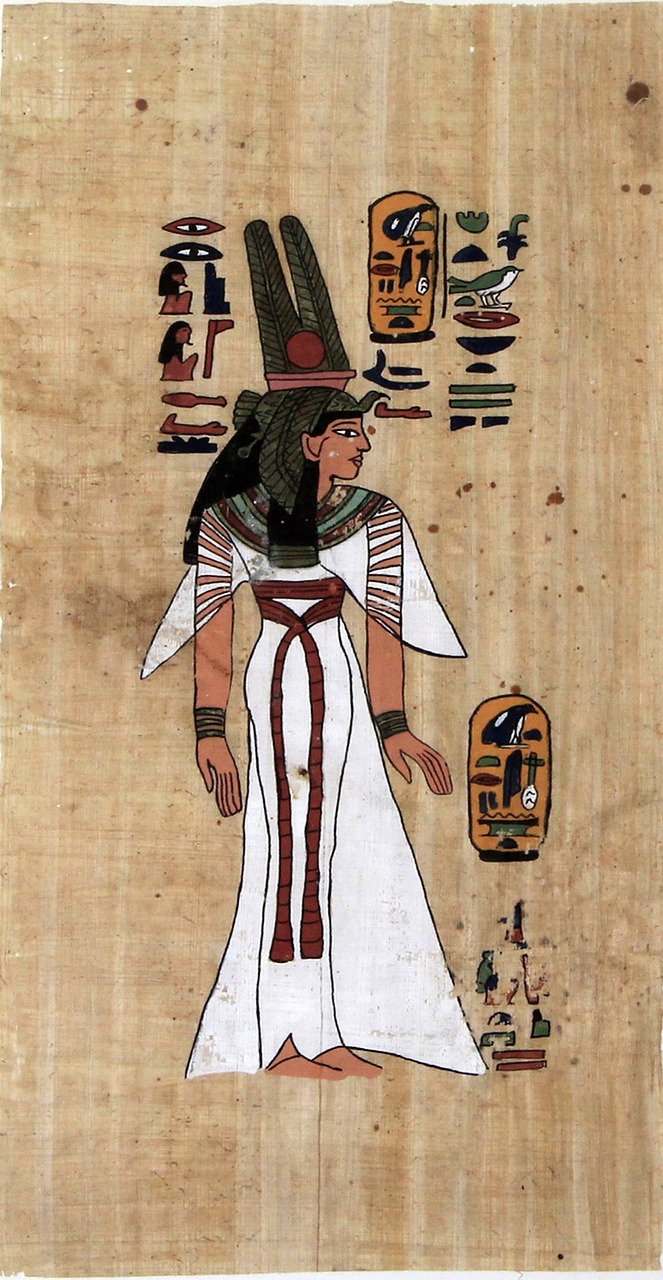Montu: The Falcon-Headed God of War in Ancient Egypt
Introduction
In the pantheon of ancient Egyptian deities, Montu was revered as the god associated with the fourth Upper Egyptian region, believed to encompass modern-day Armant. His significance surged during the 11th dynasty when Thebes incorporated the territory and supplanted Hermonthis as the principal city. Montu earned a reputation primarily as a war deity, with a bull being his sacred animal. The 30th dynasty witnessed the establishment of an elaborate cult dedicated to this powerful figure. Iconographically, Montu was illustrated as a falcon-headed entity adorned with a double uraeus above his forehead and was worshipped in several temple complexes spread across Thebes, Al-d, and Hermonthis.
Physical Traits
In artistic representations, Montu was frequently shown as a man with a falcon’s head, though he could also take the form of a lion or a bull. His likeness to Ra—the sun god—meant that he was often portrayed with symbols reflective of this connection; he bore a solar disk crowned with two feathers atop his head. Alongside this crowning glory, Montu wielded a curved sword, a bow, and arrows, and was equipped with various weapons to denote his martial prowess. The bull and falcon were significant aspects of his identity, representing war and strength, and the vastness of the sky, respectively. The Egyptians believed he could also appear as a unique white bull characterized by a black snout known as Bakha.
Family Connections
The parentage of Montu has been the subject of diverse narratives. Some traditions assert he was born of Ra, while others propose he was the child of Neith, a goddess associated with war. Additional myths suggest his origins might lie in self-creation or emergence from the primordial waters known as Nun. Initially viewed as a manifestation or extension of Ra, Montu also had connections to Hor. His consorts included Tjenenyet and Iunit (goddesses of Thebes), along with Raet-Tawy, a female form of Ra.
Other Names
The hieroglyphic representation of Montu’s name appears as ‘mntw,’ which conveys the meaning of “Nomad.” Due to the complexities involved in inscribing Egyptian vowels, the name “Montu”—as well as its variations such as “Monthu,” “Ment,” and “Menthu”—are frequently cited.
Powers and Abilities
Montu’s dominion extended beyond mere warfare; he embodied a robust array of attributes and symbols emblematic of vitality and militant strength. Regarded as a representation of the pharaoh’s triumphant power, Montu was believed to serve as the guardian of the army and the embodiment of the pharaoh’s valor. His prowess in hunting and archery was legendary; endowed with the keen eyesight of a falcon, he hunted his targets with precision using his bow and arrows. Additionally, he was associated with thunder and storms, utilizing thunderbolts to vanquish his adversaries.
Impact in Modern Culture
Today, Montu’s legacy endures through various cultural interpretations. He appears as a playable deity in the video game Smite, where players harness his abilities linked to the falcon and bull to battle foes effectively. Furthermore, Montu is featured in Assassin’s Creed Origins, envisioned as a falcon god who assists the protagonist Bayek to track and confront adversaries. Also, his name graces a roller coaster at Busch Gardens Tampa Bay, styled after ancient Egypt and symbolically associated with Montu’s warrior persona.



